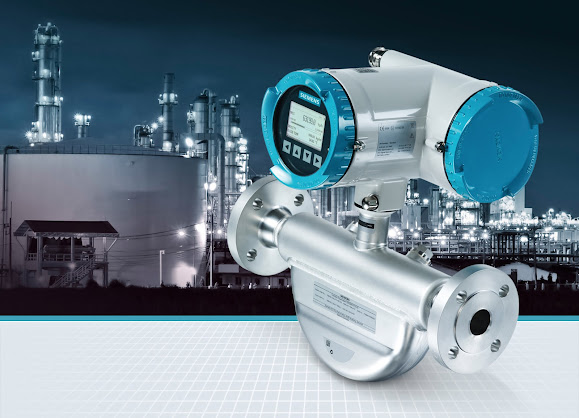A Comprehensive and In-Depth Exploration of Pressure Transmitters
Pressure transmitters play a crucial role in a wide range of industries, from manufacturing to healthcare. Understanding the ins and outs of these devices is essential for anyone looking to maximize efficiency and accuracy in their processes.
In this guide, we'll take a closer look at Industrial pressure transmitters and sensors, how they work, their applications, and why they are integral to modern-day operations.
What is a Pressure Transmitter?
A pressure transmitter is a versatile device used to measure pressure levels in various systems and processes. It works by converting the physical pressure exerted on a diaphragm into an electronic signal, which is then utilized for monitoring, control, and data acquisition.
These devices come in different types, including absolute, gauge, and differential pressure transmitters, each serving distinct purposes.
How Pressure Transmitters Work
Pressure transmitters employ different technologies such as strain gauge, capacitive, or piezoelectric sensors to accurately measure pressure.
The sensor generates a signal proportional to the pressure applied, which is then conditioned and converted into an output signal that can be utilized by control systems or data acquisition devices. The precision and reliability of these devices make them essential for maintaining optimal operational conditions.
Applications of Pressure Transmitters
Pressure transmitters find applications across a broad spectrum of industries, including:
- Industrial manufacturing processes
- Oil and gas facilities
- Pharmaceutical and biotech industries
- HVAC systems
- Aerospace and automotive sectors
They are used for tasks such as monitoring pressure in pipelines, controlling pressure in pneumatic systems, and ensuring the safety and efficiency of critical processes.
Benefits of Pressure Transmitters
The use of pressure transmitters offers several key benefits, including:
- Accuracy: Provides precise and reliable pressure measurements, essential for maintaining optimum operational conditions.
- Safety: Helps in ensuring the safe operation of equipment and processes by monitoring pressure levels.
- Efficiency: Contributes to improved efficiency through accurate control and optimization of pressure-related operations.
- Data Acquisition: Enables the collection of valuable pressure data for analysis and process optimization.
Choosing the Right Pressure Transmitter
When selecting a pressure transmitter for specific applications, factors such as pressure range, compatibility with the measured media, environmental conditions, and required accuracy must be taken into consideration. It's crucial to consult with experts in the field to ensure the right device is chosen for the task at hand.
Conclusion
Pressure transmitters are indispensable tools in numerous industries, providing the vital function of monitoring and controlling pressure levels. Their precision, reliability, and versatility make them essential for maintaining safe and efficient operational conditions.
Whether in manufacturing, healthcare, or energy production, understanding the importance of pressure transmitters is key to optimizing processes and ensuring top-notch performance.
.jpg)


Comments
Post a Comment